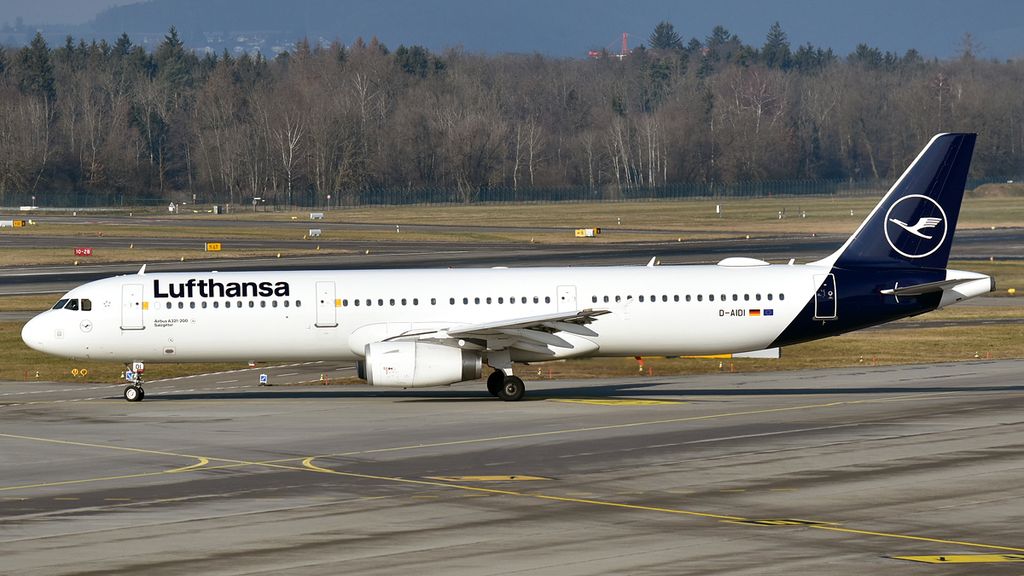
Introduction
The Airbus A321, part of the successful A320 family, has become a significant player in the global aviation industry. As airlines strive to meet rising passenger demand with efficiency, the A321’s versatility, fuel efficiency, and capabilities stand out. Understanding this model’s impact is essential for aviation enthusiasts and industry stakeholders alike.
Overview of the Airbus A321
First introduced in 1994, the Airbus A321 has continuously evolved to meet the changing needs of airlines and passengers. With a typical seating capacity ranging from 185 to over 240 depending on configuration, the A321 is ideal for both short-haul and transcontinental routes. The latest iteration, the A321XLR (Extra Long Range), offers increased fuel efficiency and a range of up to 4,700 nautical miles (8,700 km), making it an attractive option for airlines looking to service long-range routes without intermediate stops.
Recent Developments
As of fall 2023, the demand for the A321 has surged, particularly post-pandemic when airlines seek to optimize capacity and operational costs. Notable airlines like American Airlines, Indigo, and AirAsia have placed significant orders for the aircraft. In September 2023, Airbus announced that it had reached a milestone of over 2,000 orders for the A321XLR variant, showcasing its popularity among airlines worldwide.
In addition, the A321neo family has been spotlighted for its advanced aerodynamics and upgraded engines, which contribute to a reduction in fuel consumption by up to 20% compared to its predecessor. This has made it a favorable choice amid rising fuel prices and growing environmental concerns.
Technological Innovations
The technological advancements in the Airbus A321 include state-of-the-art cockpit systems, enhancing pilot accessibility and safety. Moreover, passengers benefit from upgraded cabin designs that prioritize comfort and in-flight connectivity, aligning with modern customer expectations for air travel.
Conclusion
The Airbus A321 continues to redefine commercial aviation with its blend of efficiency, versatility, and comfort. As airlines adapt to a rapidly changing market landscape, the A321’s role is set to expand further. With a growing focus on sustainable flying, the future of the A321 looks promising, positioning it as a cornerstone model in many airline fleets worldwide. For travelers, this translates into more choices and improved flight experiences as this aircraft continues to take to the skies.

